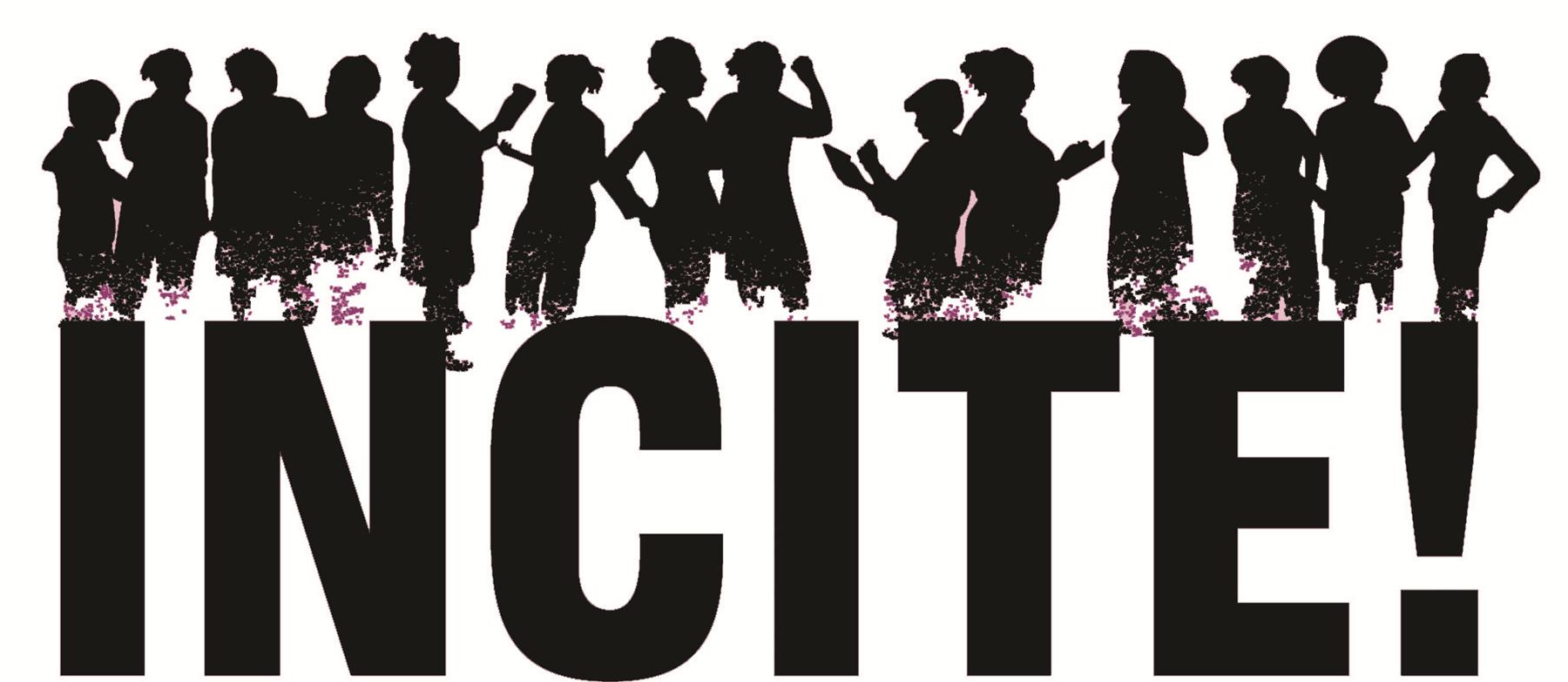Participatory Action Research
What is Participatory Action Research?
…and what does it have to do with stopping police brutality against women and trans people of color?
Participatory Action Research, or “PAR”, is a way of collecting information for organizing that honors, centers, and reflects the experiences of people most directly affected by issues in our communities.
People use PAR to learn more about their material conditions – wages, housing, environment, workplaces, health care – and each other. It is particularly useful when, as is the case for law enforcement violence against women and trans people of color, there is little or no information available through government or academic research that reflects our experiences of a particular problem or condition.
PAR is not so much a set of procedures to follow to gather information as it is a philosophy and approach to gathering and using information. It is also a tool for building and strengthening communities and our understanding of ourselves, each other, and our relationships. It can also be a powerful outreach, basebuilding and organizing tool to help bring people together to build movements for change.
Some basic principles of PAR:
- We are experts in our own experiences, and have many different ways of knowing and getting information about our conditions.
- We control the gathering and use of information about our communities. We decide what information we need to make the changes we want and how to get it. We decide what questions we need to answer and how. We lead and are integrally involved in all aspects of the design & implementation of the research, and of the analysis and distribution of the information gathered.
- We gather information to inform our actions for change.
- We reflect on the information we’ve gathered and the way in which we are gathering it throughout the process. We also reflect on the action we’ve taken and decide if we need more information before taking further action.
- The people we gather information with and from are active and not passive participants in the process. We use information gathering to build community and movement, to develop leadership, and to empower ourselves to make change.
- We are not trying to “prove” an assumption or hypothesis, but to learn more about ourselves and our communities to make change.
- We agree on principles and values that will guide our information gathering and stay accountable to them throughout the process.
How PAR works
OK, so how do we do it?
First, we collectively figure out what we want to know about law enforcement violence against women and trans people of color, what information already exists, what is missing. Who has knowledge, experience, information? In other words, who is most affected? What are our goals in obtaining this information? How do we create spaces for people to talk and organize around the issue? What action do we want to take? What results are we looking for?
Then we collectively decide what specific questions we need to ask and of who. How do we reach out to various members of our community with knowledge?
Some information gathering methods used for PAR:
- Community-based surveys (see samples in this tool kit, and the Creating Surveys guide on the resource CD);
- Group discussions (“focus groups”)
- Individual interviews
- Community art projects – people to create visual art, poetry, spoken word, theatre or music about the issues
- Photo or video documentation
- Story telling and oral history
- Any other way you come up with!
We collectively discuss and evaluate the information we have gathered and what actions it suggests we can take. We decide how we want to share the information with the community and if and how we want to share it more broadly.
How could we use PAR to address police brutality against women and trans people of color?
To create a space to talk about our experiences of law enforcement violence, and build a collective understanding of the forms it takes, the places it occurs, and how prevalent it is, and to empower survivors and make connections with each other…
To gather stories and statistics about how we experience law enforcement in the context of “quality of life” policing, policing of sex work, immigration enforcement and Border Patrol, police responses to domestic violence, the “war on drugs,” the “war on terror” to inform our resistance to law enforcement violence and help us to build toward increased safety…
To find out about how other communities in the US and other countries have organized to challenge law enforcement violence or build community responses to violence which don’t involve the police…

